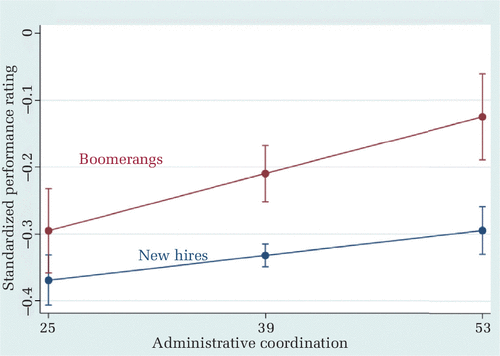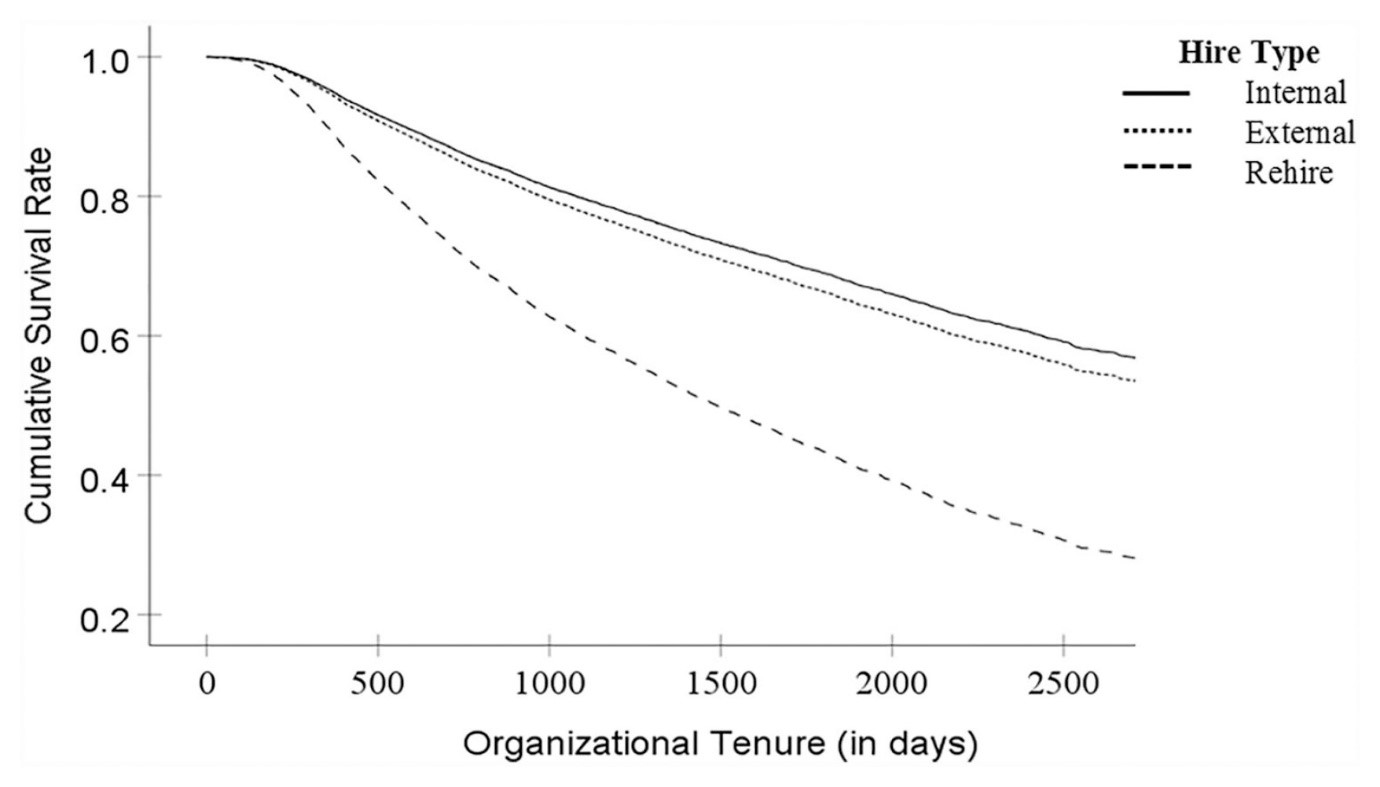What is a boomerang hire?
"Boomerang Hire" An employee who leaves a company but then returns to work at the same organisation later on. "
An employee who leaves a company but then returns to work at the same organisation later on. "
With the nature of the current job market, one question I always like to ask candidates in my initial phone calls is if they would ever consider going back to their previous employers. With the current candidate short market, these kinds of hires can solve hiring difficulties. According to LinkedIn's Economic Graph, 2.23% of ALL hires in the last year were boomerang hires. This growth in boomerang hires can be seen to have come exponentially following the great resignation; there are even companies that have set up employee alumni networks made specifically for re-hiring old staff members.
Boomerang Hires – In Numbers
Some further research shows that almost three-quarters of professionals are open to returning to their former employers, while two fifths of managers are reluctant to welcome back former employees to their team. This certainly does not align and could be something that should change as the market develops. The same research shows that after the COVID lockdown, 45% of employees left their roles for better pay, and a further 35% left for culture-based reasons.
Why Boomerang Hires are the Secret Weapon to Your Recruitment Strategy!
Boomerang hires can offer companies something that completely new ones can’t. These hires can supply their previous organization with existing knowledge on company culture and practices and really hit the ground running. This can be seen in Figure 1, a graph comparing the performance of new hires to boomerang hires. They can leverage their existing relationships and networks while using the new skills and knowledge gained elsewhere to their advantage. Companies can also save time and money on training when making boomerang hires.

(Figure 1/AOM Academy of Management)
What could stop businesses from using boomerang hires?
Often there is a reason people move on in the first place, which means that boomerang hires aren't so common. This also pairs with the fact that bringing in old employees could lead to a lack of direction and new ideas. It's also worth considering the limit of talent pools for companies if they rely too heavily on boomerang hires. There is also an argument to be made for boomerang hires to find moving back to their old workplace ‘stale’. This can be seen in Figure 2 – a graph comparing the survival rates of internal, external, and boomerang hires. Although it may sound a little silly, there is a certain ‘awkwardness’ around boomerang hires. In a lot of cases, there is a stigma around employees leaving a business that can lead to other members of staff not seeing eye to eye with them. This can lead to awkwardness upon the boomerang hire re-joining those members of staff.

Boomerang Hires in Renewables
Based on the challenges faced in the renewable energy industry, boomerang hires are more common but still don’t represent as many as they should. The renewable energy industry does face huge challenges with such a vast challenge shortage, which is likely to affect organisations in the coming years. This is, in large part, due to the rise in demand for renewable energy projects, which means that candidates with the right level of skill and expertise are needed. This has led to a rise in boomerang hires within the industry. According to S&P Global, 89% of US solar companies reported difficulties finding qualified applicants in 2021 due to the limits of the applicant pool, competition, a lack of training and lack of technical skills. This is likely to be a trend that continues for years to come.
In the renewables industry, there is great benefit to boomerang hires. Lots of large commercial renewable installers work on contracts for the same clients, and individuals who already have a good rapport with these clients are better equipped to hit the ground running. Despite this, with the nature of the current market and the vacancies coming through the door at MDE, I do see endless opportunities to discover new pastures and develop your career with a new company.
How to Successfully Carry out a Boomerang Hire
A boomerang hire is reliant on a certain level of communication being maintained between a company and the ex-employee following their departure. It is common for a company to try to cause minimal disruption when an employee moves on but it is often seen as a slightly inefficient method, particularly in the current market. Rather, companies should look to build positive relationships with departing staff members, as based on the above, we can see that they could be joining the future recruitment pool.
The best time to go back to a former employee, according to reports is around a year being that this is a natural milestone. According to research by the Harvard Business review, this is the time when someone is most likely to want to boomerang back and is the best time for a company to reconnect with an old employee.
As you would expect, an offer of re-employment is more likely to be accepted if it comes with a better salary or a promotion. In particular, the prospect of going into a management position can be very attractive to possible boomerang hires. The Harvard Business Review data suggests that 40% of boomerang employees end up going back as they are offered management level roles showing how enticing this can be.
Top 5 reasons to boomerang hire:
- A quick process: less pressure on the interview process as companies know what they will be getting.
- Hit the ground running: a boomerang hire is aware of processes and structure and can get stuck in straight away.
- Bridge the gap: less risk of promises made by candidates in interviews not materialising.
- Development: often, depending on the length of time before the rehire, employees will come back further developed at no cost to the organisation.
- Staff retention: when current employees see people voluntarily coming back to the company, they gain confidence in the company.
Where a recruiter can help:
Reconnecting with a former employee isn’t always the easiest thing to do. When looking to bring back old talent further down the line, a recruiter can assist with selling candidates on new projects and even a new position where necessary. It’s also worth noting that with the rise of boomerang hires, companies that may not have any more contact with old employees could use the services of a recruiter to seek out and reach out to former employees. A recruiter can also be helpful in discovering more about the old employee's development and progression since leaving. Boomerang hires can be a great way to reflect. In particular, it gives employees a chance to reflect on why they should have stayed at their old jobs as well as, in some cases, a chance to realise why they left in the first place.
At MDE, we are confident in our ability to find the best new talent in the market, but we also see the benefits of boomerang hires. If you are keen to upgrade your current team, let's book a meeting.